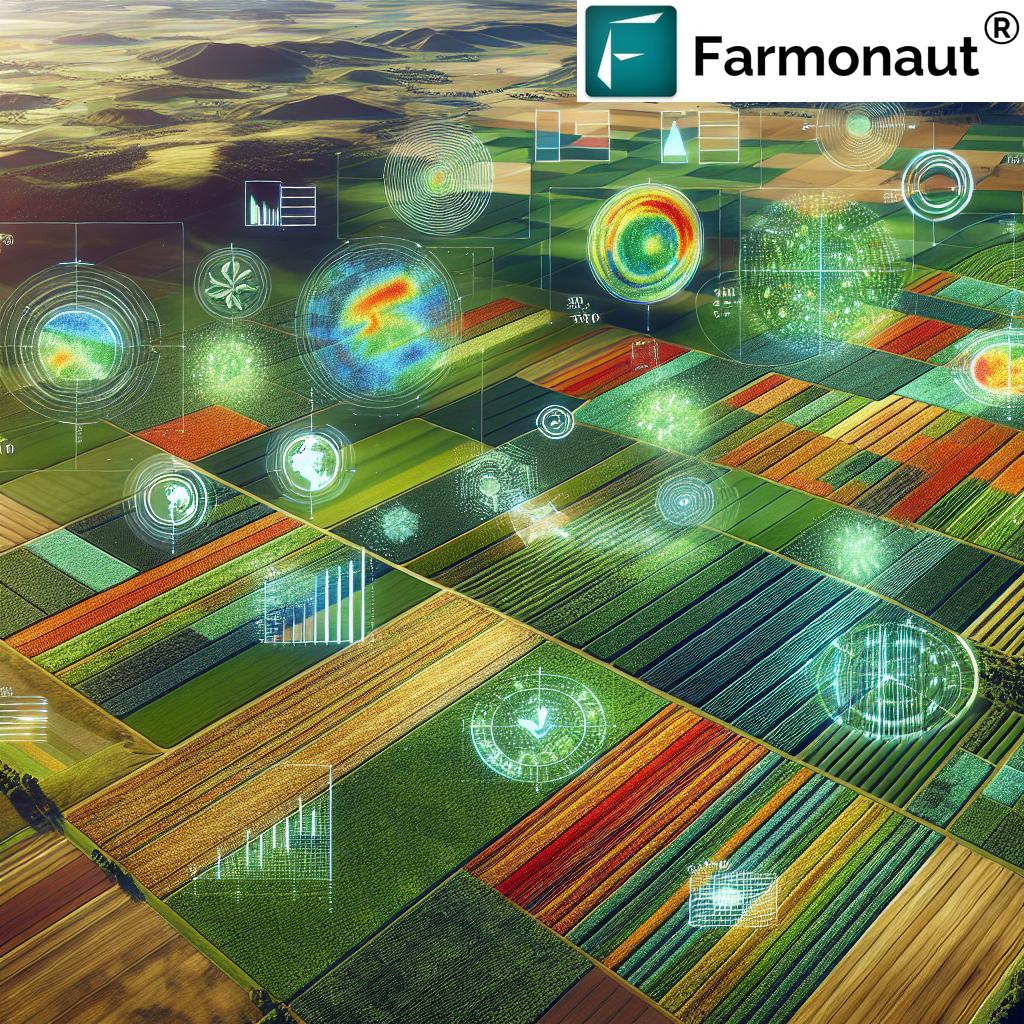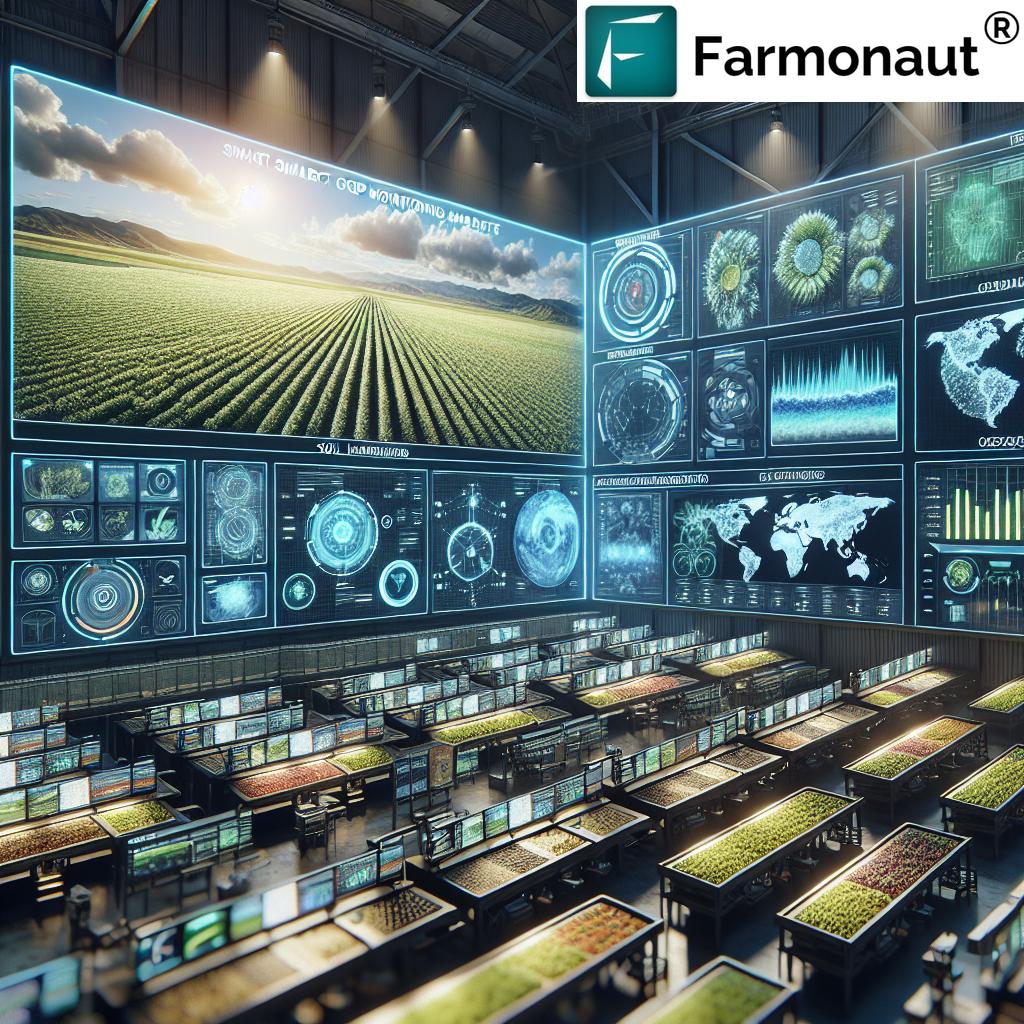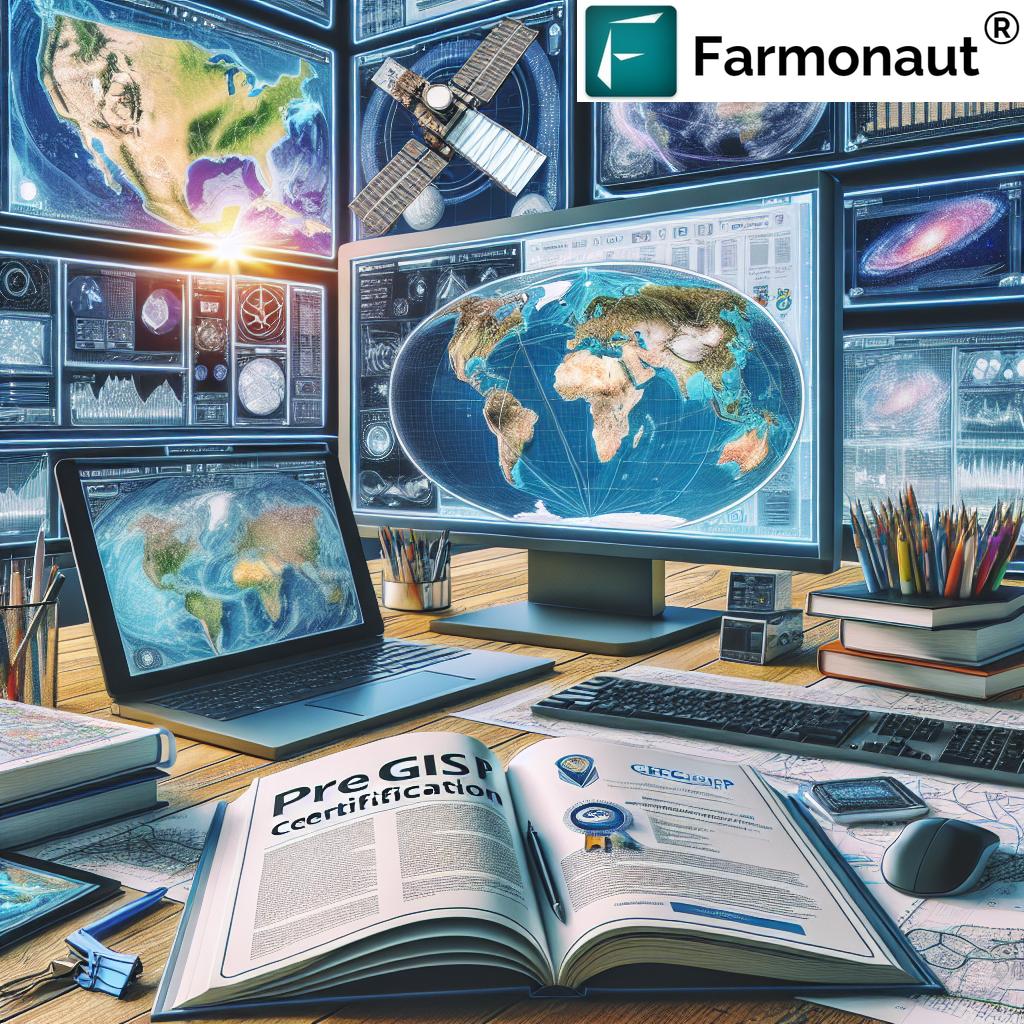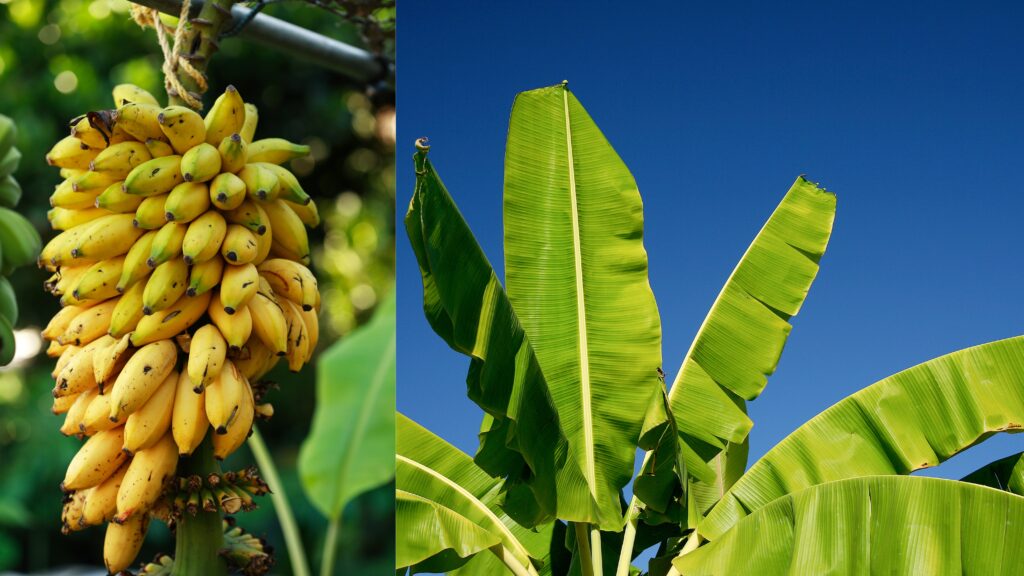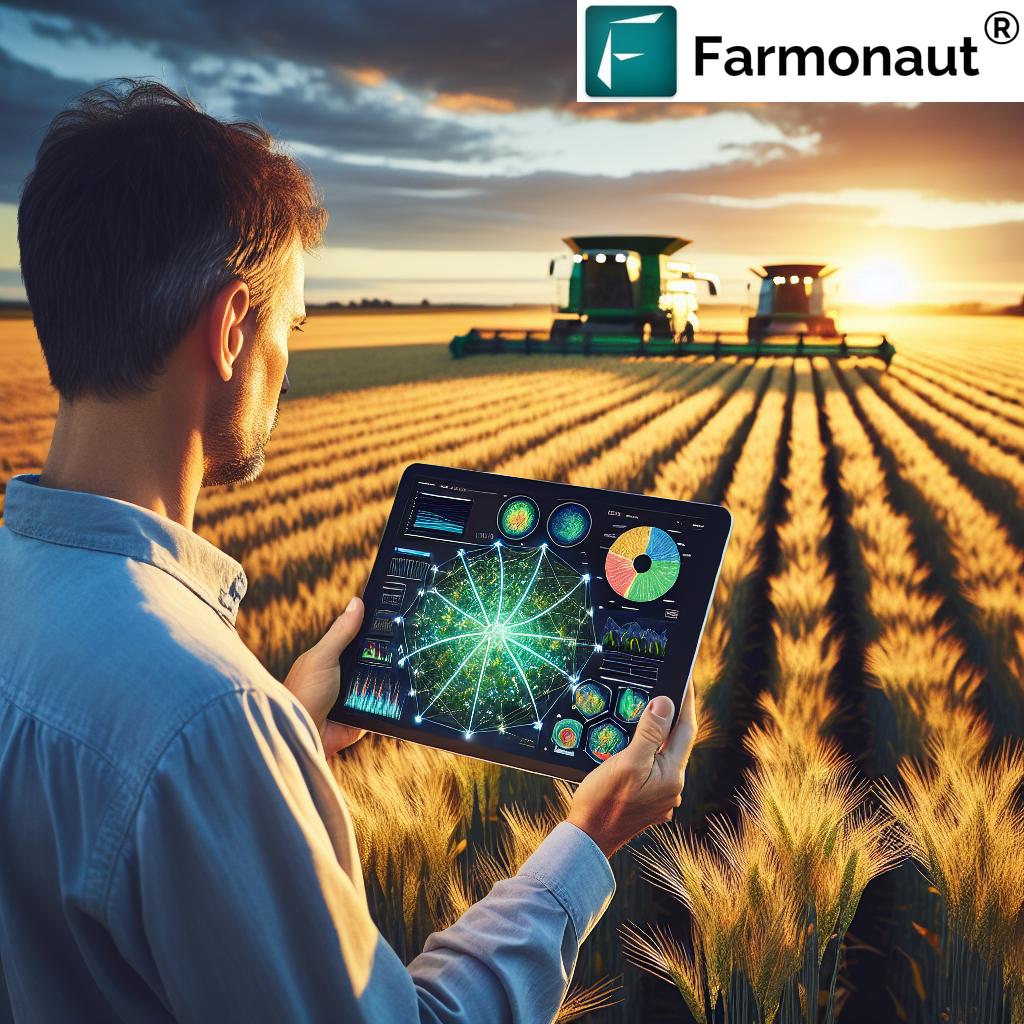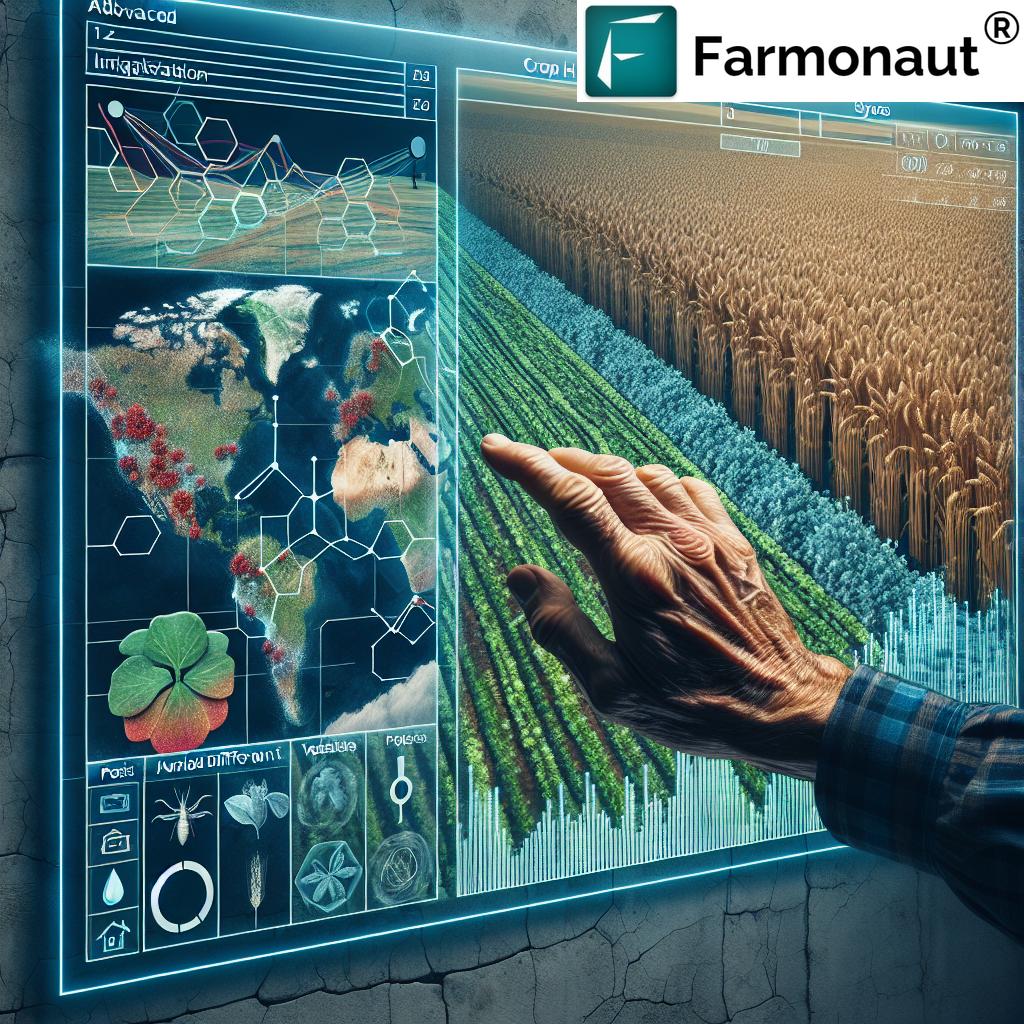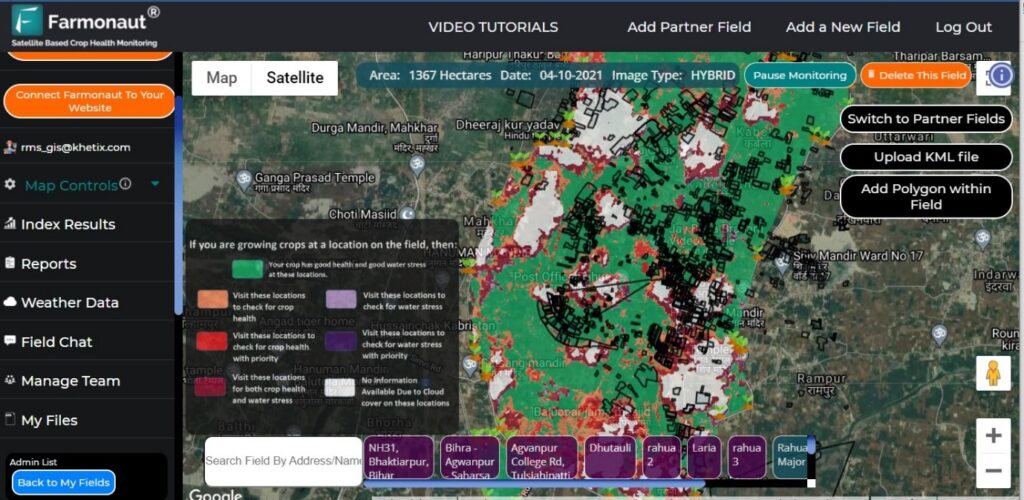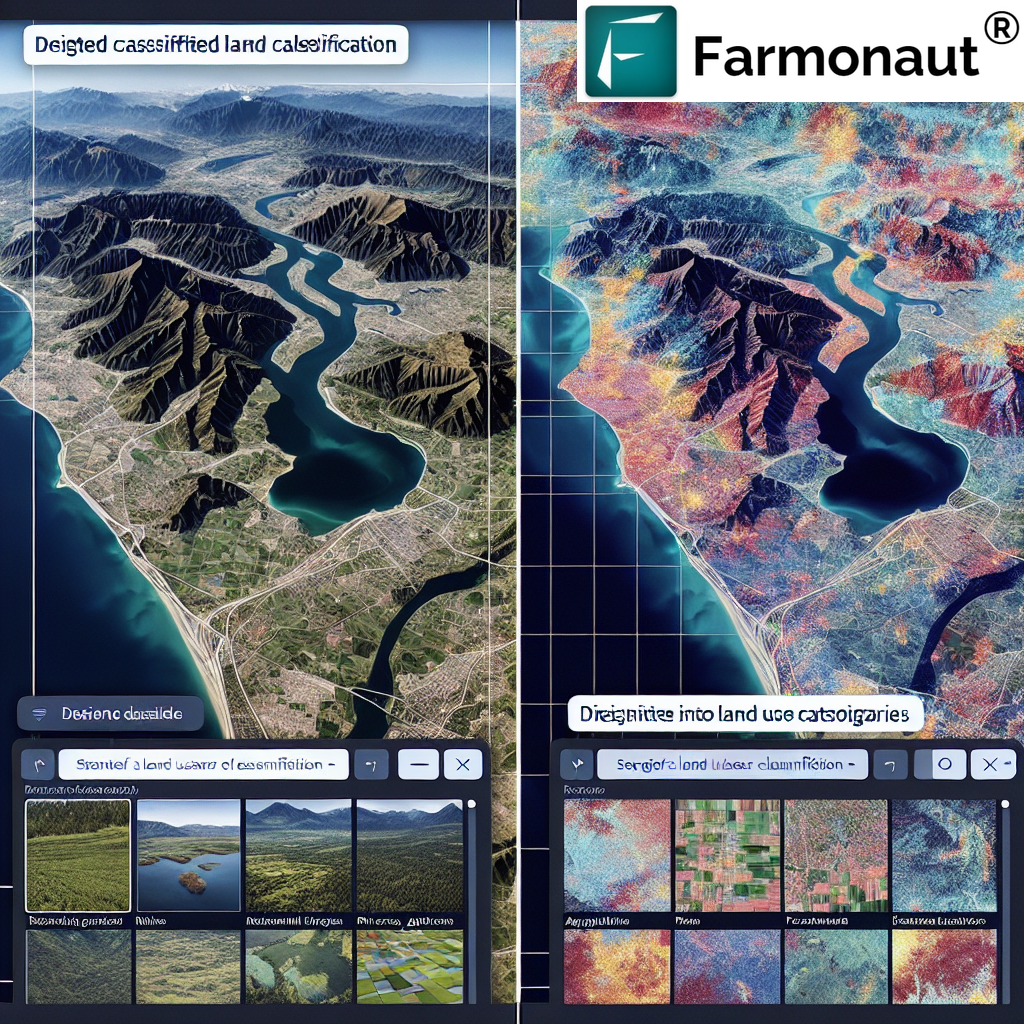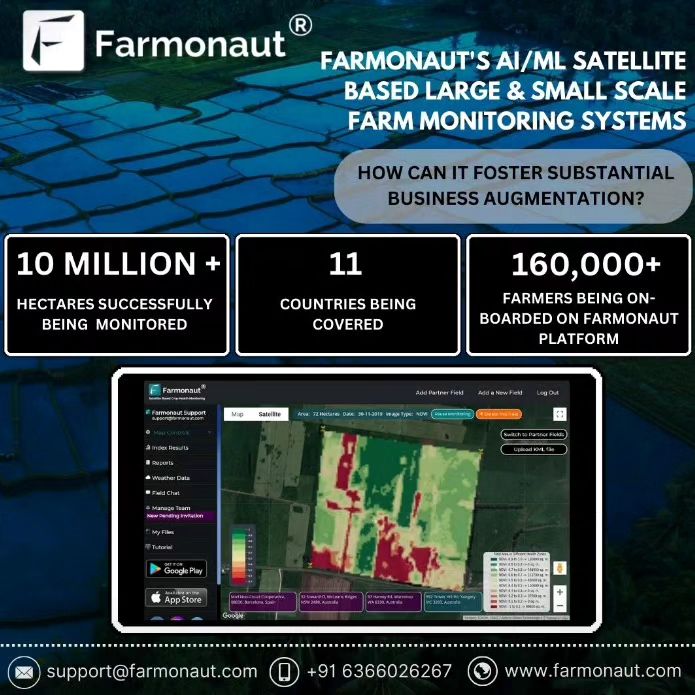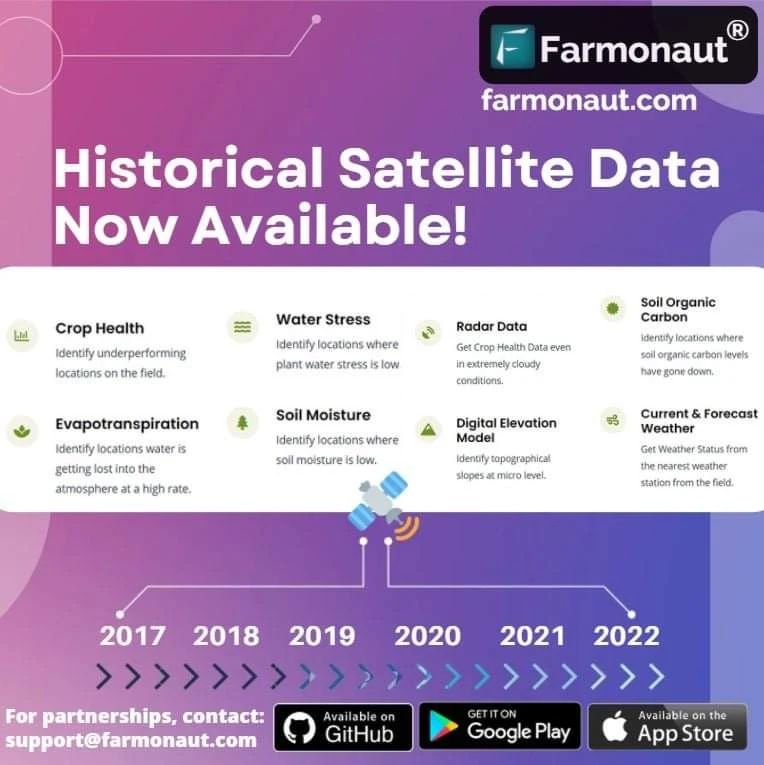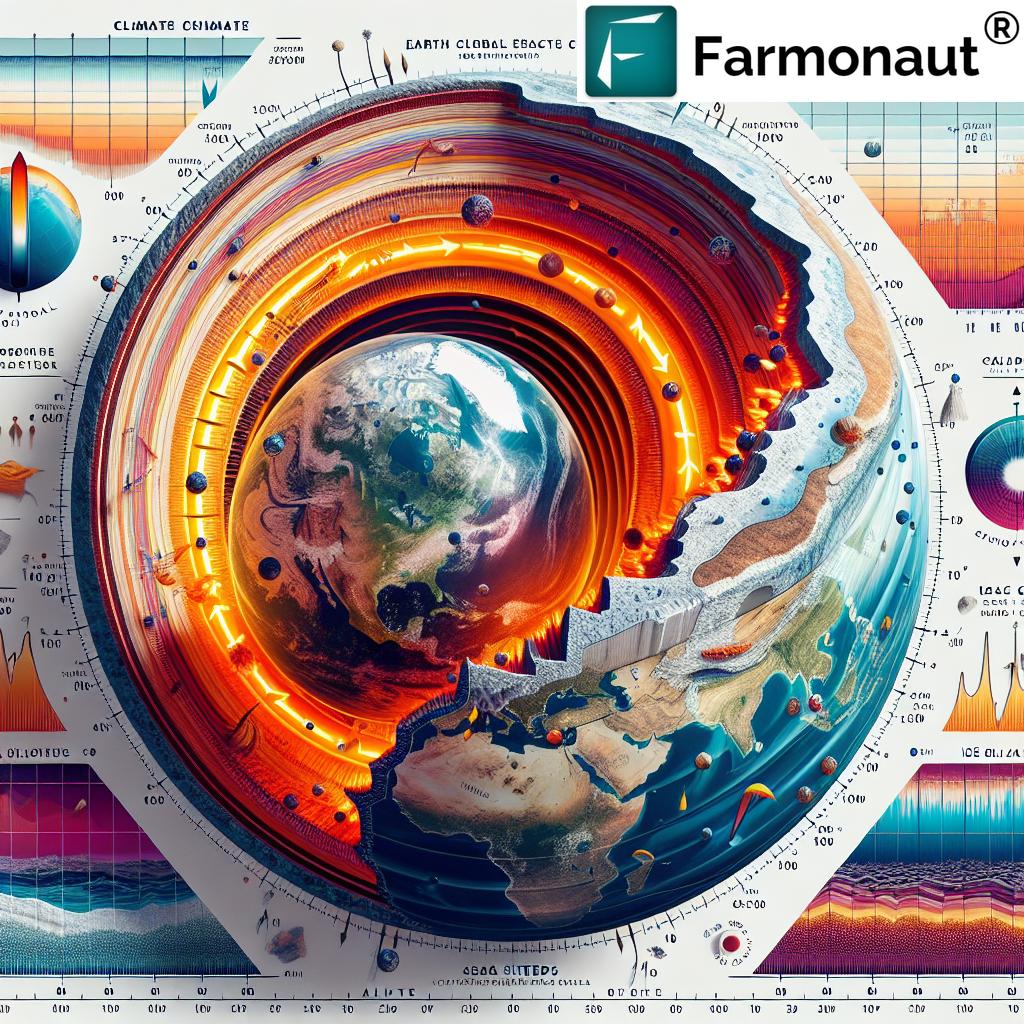7 Shocking Trends in Agriculture Sensing and Imagery System Market
“The agriculture sensing and imagery system market is projected to surpass $2.5 billion globally by 2027.”
Agriculture Sensing and Imagery System Market Overview
The agriculture sensing and imagery system market has evolved at a breathtaking pace, reflecting the fusion of remote sensing, advanced data processing, and precision agriculture technologies. In 2023, the global value of this market stood at approximately $4.61 billion, and by 2032 it is projected to reach $10.5 billion. This dramatic growth rate (CAGR 9.57%, 2024–2032) underscores a sweeping movement towards data-driven, sustainable, and efficient farming practices. As farmers and agribusinesses seek to optimize crop health, improve yields, and adopt sustainable farming practices, sensing systems and imagery are becoming indispensable in agricultural operations worldwide.
The surge in adoption is rooted in the integration of advanced sensors, drones in agriculture, satellite imagery for farming, Internet of Things (IoT), and machine learning. These technologies are enabling actionable insights into soil health, crop monitoring, disease detection, and resource management—redefining what it means to farm in the digital era.
Key Technologies Transforming Agricultural Sensing & Imagery
Let’s delve into the main technologies powering the new wave of agriculture sensing and imagery systems. These tools and approaches are driving the precision and efficiency necessary for modern agricultural management.
- Remote Sensing in Agriculture: Collecting data from a distance – using satellites, drones, or aircraft – is fundamental. Remote sensing enables rapid, scalable monitoring of crop and soil conditions, as well as overall field health.
- Drones & Unmanned Aerial Vehicles (UAVs): UAVs equipped with multispectral and thermal cameras capture detailed images, making real-time disease and pest detection possible even across vast fields.
- Satellite Imagery for Farming: Modern satellites routinely scan and provide valuable data on crop health, soil moisture, vegetation indices like NDVI, and other critical parameters. This expands coverage beyond what was previously available with ground scouts or simple sensors.
- Ground-Based Sensors: These sensors, installed directly in the field, record moisture, temperature, and nutrient levels in real-time, supporting informed, adjustable management strategies.
One significant disruptor in this landscape is Farmonaut. Its platform uniquely fuses satellite imagery, AI-based data analytics, and blockchain traceability for affordable, scalable precision agriculture technologies. Farmonaut’s Android, iOS, and web apps make these cutting-edge tools genuinely accessible to a global audience of farmers and agribusinesses, addressing critical gaps in crop monitoring solutions and sustainability.
Advanced Image Processing Techniques in Crop Monitoring
The heart of modern agriculture sensing and imagery systems lies in advanced image processing techniques. Let’s examine the most impactful methods used to analyze collected data and deliver actionable insights to farmers and agronomists:
- Multispectral Imaging: By capturing information across multiple wavelengths, this technique accurately assesses plant health, detects diseases, and aids in identifying water stress factors in crops.
- Hyperspectral Imaging: With even finer wavelength distinctions, this method can pinpoint subtle nutrient deficiencies, pest infestations, or contamination within fields—enabling early intervention.
- Thermal Imaging: Measuring the temperature differences emitted from plants and soil surfaces, thermal imagery helps locate irrigation issues and water stress zones.
- Machine Learning Algorithms: Machine learning performs complex data analysis, allowing for rapid identification of disease outbreaks, yield predictions, and resource optimization.
Farmonaut harnesses the power of satellite-based multispectral imagery for continuous crop health monitoring and integrates AI-driven advisory systems. Its carbon foot-printing suite empowers users to manage sustainability goals efficiently, while blockchain-backed traceability (learn more) secures data provenance—key for food security and consumer confidence.
Top Applications of Sensing & Imagery in Agriculture
Utilizing sensing and imagery systems enables us to monitor and manage agricultural practices proactively. Here are the most transformative applications:
Precision Crop Monitoring Solutions
- Crop Health Monitoring: Provides early warning for diseases, pests, and water stress. By integrating real-time monitoring with weather intelligence, we support healthier plants and improved yields.
- Soil Health Monitoring: Accurate soil moisture and nutrient mapping allows for optimized resource allocation and sustainable farming practices.
- Precision Irrigation: Automated recommendations based on satellite imagery, ground sensors, and AI-powered analytics help minimize water waste and cut unnecessary costs.
- Pest and Disease Detection: Multispectral, thermal imaging and remote sensing in agriculture detect subtle changes in vegetation, catching pest infestations or disease outbreaks before they escalate.
Resource & Fleet Management
- Resource Allocation: Platforms like Farmonaut deliver tailored resource management tools—reducing fertilizer, pesticide use, and environmental impact.
- Fleet Tracking: Farmonaut’s fleet management optimizes vehicle use, supporting safer and more efficient logistics and agricultural operations.
Farm Finance & Insurance Verification
- Satellite-Based Verification: For insurance and loan approvals, Farmonaut’s crop loan and insurance tools offer quick, reliable, and fraud-resistant verification, facilitating financial support for farmers.
Regional Insights & Adoption Rates
Growth and adoption patterns of agriculture sensing and imagery systems diverge sharply by region, shaped by local needs, farm sizes, climate, and policy support.
- North America: With sophisticated technological infrastructure and large-scale farming operations, North America holds a leading 31.31% share in the smart crop monitoring market (2023). Robust government programs and sustainability mandates accelerate adoption in the US and Canada.
- Asia Pacific: Expected to post the fastest CAGR (15.4%, 2024–2030), boosted by aggressive adoption in China, India, and Japan. Here, precision agriculture technologies are vital for food security and scalable productivity.
- Europe: Projected for a 13.7% CAGR by 2030, driven by strict environmental regulations and public pressure for sustainable farming practices.
“Over 60% of large farms now use remote sensing technologies for advanced crop monitoring and sustainability.”
7 Shocking Trends in Agriculture Sensing and Imagery System Market
From increased adoption of drones to AI-guided recommendations, here are the seven game-changing trends currently redefining the market:
- Satellite-Driven Crop Analytics Surge: Satellites now provide near real-time NDVI and soil moisture data, making farm-scale crop monitoring and field health assessments cost-effective even for smallholders.
- AI-Enabled Advisory Systems: Machine learning powers custom, actionable advice for farming practices, improving decision-making and boosting yields.
- Hyperlocal Weather & Irrigation Intelligence: Ground sensors combine with aerial imagery to deliver plot-specific weather forecasts and water management insights.
- Blockchain Traceability Integration: Transparency in agricultural supply chains is ensured by blockchain, critical for both regulatory compliance and consumer trust.
- Drone-First Disease & Stress Detection: Drones equipped with multispectral cameras are rapidly overtaking manual scouting for identifying pest infestations, disease outbreaks, and nutrient stress zones.
- Automated Resource Management Platforms: Platforms like Farmonaut offer real-time fleet tracking, resource allocation tools, and advisories, reducing waste and environmental impact.
- Carbon Footprint Tracking Gains Traction: Carbon foot-printing features empower farmers to document, analyze, and reduce their emissions—a growing requirement for sustainable agriculture and global trade.
Comparison Table: Agriculture Sensing & Imagery System Trends (2024 Estimates)
Market Drivers Accelerating Growth
- Technological Advancements: Continuous leaps in sensor technology, data analytics, and machine learning expand the capabilities of imagery systems, making our decisions more informed than ever.
- Government Initiatives: Subsidies and support for technology adoption in agriculture drive market expansion, especially in leading agri-exporting regions.
- Sustainability Concerns: The pressure to minimize environmental impact and optimize resource use is propelling adoption of sensing and imagery systems for sustainable farming.
Farmonaut’s Large Scale Farm Management delivers fully-integrated solutions for plantation management, enabling significant economies of scale and detailed, granular insights across vast landholdings.
Key Challenges in Agricultural Remote Sensing Adoption
- High Initial Investment: The upfront cost of deploying advanced sensors, drones, and imaging systems can still be a barrier, especially for smallholder farmers.
- Complex Data Management: The sheer amount of data collected demands reliable storage, high-performance processing, and sophisticated interpretation frameworks.
- Lack of Technical Expertise: There is a knowledge gap that necessitates accessible tools, training, and user-friendly platforms—areas where solutions like Farmonaut are making strides.
Future Outlook: Technology, Innovation, and Sustainable Farming
As we look ahead, the convergence of AI, machine learning, and advanced image processing in agriculture sensing and imagery systems
is set to supercharge both productivity and sustainability. These technological advancements, powered by platforms like Farmonaut, will democratize access, enabling all farmers—from large agribusinesses to smallholders—to leverage precision agriculture technologies.
Wider integration with carbon monitoring, blockchain traceability, and automated resource management will further expand the value of agricultural data analytics. With scalable, subscription-based access
(see Farmonaut’s plans below), these innovations help us overcome barriers and promote sustainable, resilient food systems globally.
FAQ: Agriculture Sensing and Imagery System Market
What are agriculture sensing and imagery systems?
They are integrated technologies—satellite, drone, sensor, and AI-based—that enable us to monitor, analyze, and manage farming operations. These systems provide critical data for improving crop health, soil conditions, and operational efficiency.
How do imagery systems help with sustainable farming practices?
By offering real-time insights into water usage, resource allocation, pest and disease detection, and carbon emissions, these systems allow us to minimize environmental impact while optimizing yields.
What technologies are driving growth in the smart crop monitoring market?
Key drivers include satellite-based NDVI mapping, drones in agriculture, AI-driven advisory systems, ground sensors, blockchain for traceability, and affordable web/app platforms—such as Farmonaut—that enhance accessibility and scalability.
What are common challenges in implementing agricultural sensing systems?
- High costs for small-scale farmers
- Complexity in data processing and interpretation
- Technical training and support requirements
How can I get started with Farmonaut’s precision agriculture technologies?
Start by downloading the Farmonaut web or mobile app, or inquire about the API for developers.
Explore subscription plans above, and read more about
plantation management tools, fleet management, and carbon footprinting on the Farmonaut product pages!
Start Your Precision Farming Journey
Ready to join the movement revolutionizing global agriculture management?
Farmonaut’s affordable, subscription-based services make satellite-based crop monitoring, soil health analysis, AI advisory, blockchain traceability, and carbon tracking accessible to every farmer and agribusiness.
Download the Farmonaut app for Android or iOS, or start using the web dashboard to manage your farm from anywhere, anytime. Integrate precision agriculture technologies into your existing practices for higher productivity and true sustainability.
In summary, agriculture sensing and imagery system market advancements, led by innovations from pioneers like Farmonaut, are rapidly reshaping the practices, productivity, and sustainability of global agriculture. Embrace precision farming with the power of real-time insights, AI, satellites, and resource management to unlock a new era of farming excellence.


